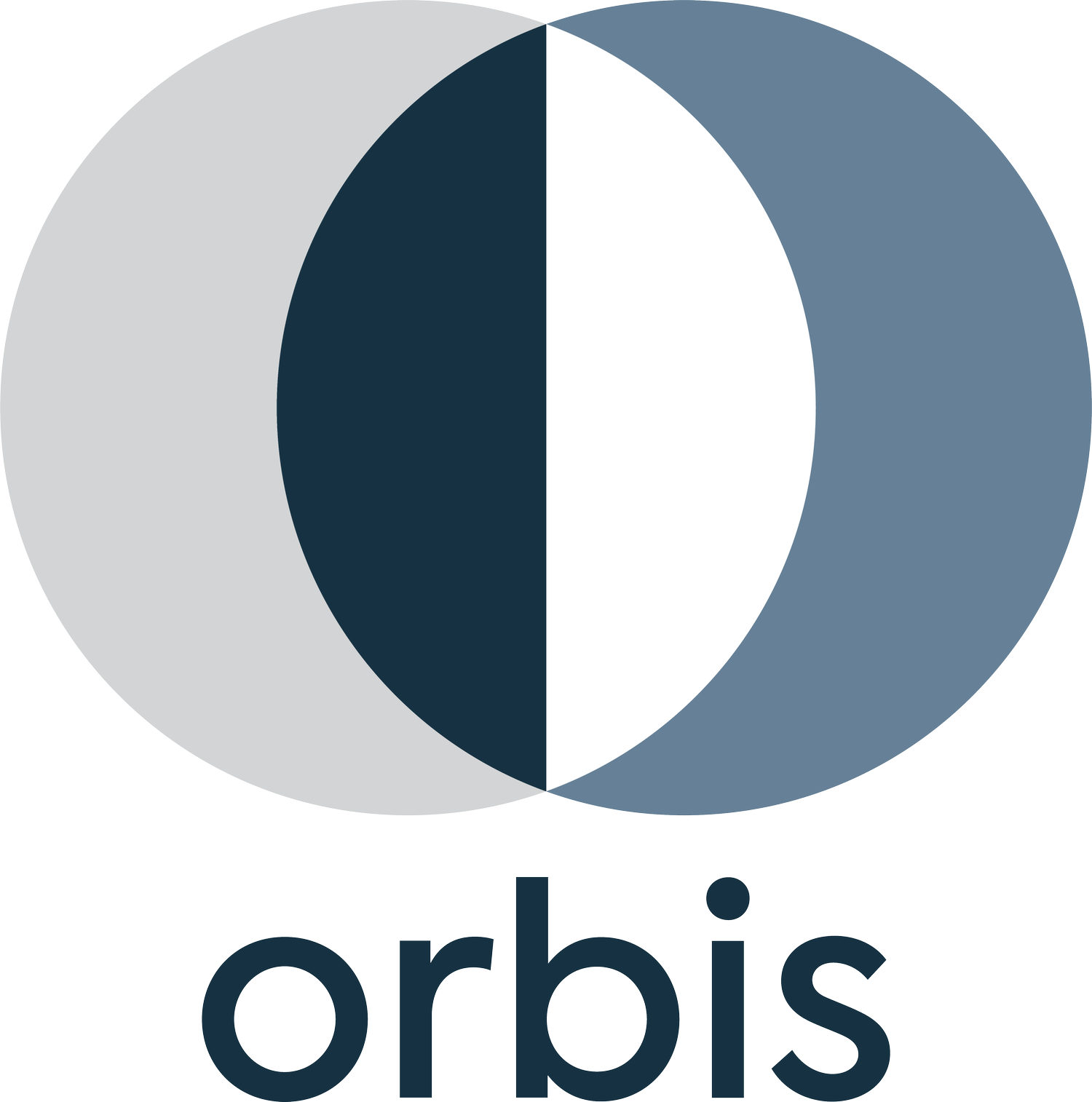CDP
“The greatest danger to our future is apathy.”
— Jane Goodall
On the 7th of January 2021 CDP released their preliminary guidance and 2021 questionnaires. The documents give us a good idea of what we can expect for the coming year’s submission. As investor pressure and interest in ESG is becoming ever more prominent, the benefits of having a good CDP score are now a necessity to stay ahead of the curve.
CDP, formerly the Carbon Disclosure Project, enables companies, cities, states, and regions to disclose data about their environmental impact, allowing them to manage and measure their effects whilst delivering transparency to stakeholders and customers.
Through CDP, investors request companies to submit data around climate change and carbon emissions, water security, and deforestation. This provides an opportunity to identify risk, demonstrate improvement and enable stakeholders to align profitability through sustainability.
Why submit?
Although companies are not legally obligated to submit under CDP, more and more companies each year are submitting their data. In 2020 CDP celebrated their 20th anniversary, with a record 10,000+ companies, cities, states & regions now disclosing their environmental risks & impacts through the non-profit charity.
Companies are under increasing pressure to demonstrate how they benchmark against their peers to secure continued investment. In 2020,515 institutional investors with US$106 trillion in assets requested information from over 6,800 companies. CDP enables companies to respond to regulatory and policy changes, whilst delivering long term sustainability and profitability. It has been proven that businesses on the A list are significantly outperforming competitors in terms of growth and profit.
How it works
CDP collects data across four questionnaires: Climate change, Water, Forests and Supply Chain. This article focuses on the Climate Change Investor Submission.
Companies can drive positive environmental change through innovation. and finding new ways to reduce the impact of climate change. The climate change questionnaire has contributed to companies identifying $53bn of savings through transparency of carbon risks and reducing carbon contribution.
This is the largest questionnaire of all CDP submissions and requires detailed information on climate-related risks and opportunities, greenhouse gas emissions, mitigation and adaptation activities, energy use, stakeholder engagement, targets and TCFD indicators.
Key Changes to 2020 Process
CDP note that 95% of the questions in the 2021 climate change questionnaire have either no change or just minor changes. There are however some new questions as follows:
Is your organization’s low-carbon transition plan a scheduled resolution item at Annual General Meetings (AGMs)?
Does your organization intend to publish a low-carbon transition plan in the next two years?
Provide details of your net-zero targets.
Also, interesting to note is that for C4 targets and performance, ‘net-zero targets’ has now been added as an option for climate-related targets active during the reporting year.
Deadlines
March: Final version of reporting guidance and scoring methodologies published by CDP.
April: Online Response System (ORS) will open in the week commencing 12 April 2021.
July: Companies must submit their response to investors and/or customers using the ORS by 28 July 2021 to be eligible for scoring and inclusion in reports (where applicable).
How Orbis Advisory can help
Orbis Advisory work across a broad range of sectors to develop and support ESG strategies to meet investor demands, prepare for upcoming legislative changes, and create tangible benefits both now and in the future. Please see our website to explore our full range of services, or send an email to info@orbisadvisory.com for any inquiries.

